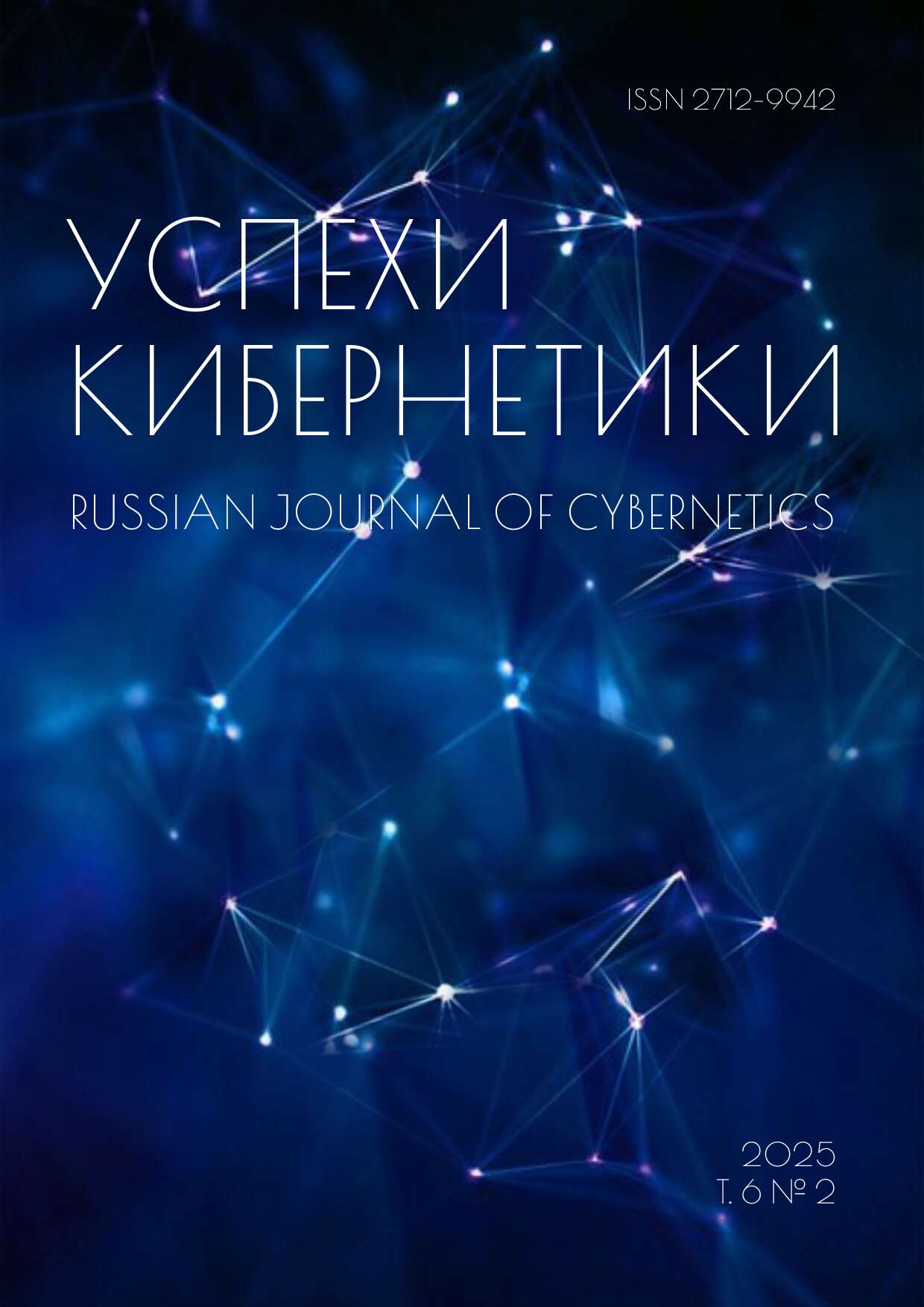Abstract
using the Jacobi equation, we constructed a chain of closed systems of first-order ordinary differential equations that describe the evolution of moments, where the initial conditions can include Planck’s constant. We showed that the evolution of moments of different orders occurs independently of each other. We demonstrated that the source of dynamic chaos is, in particular, nonzero initial conditions for the system of equations governing second moments. This is because the mean square fluctuations of position and momentum, which measure the “divergence” of trajectories, grow exponentially fast in the region of negative Gaussian curvature of the potential. Since the solutions of the Jacobi equation must be small corrections to the solution of the Euler–Lagrange equation, the reverse influence of these corrections on the Euler–Lagrange equation can be accounted for using the Monte Carlo method for dynamic variables. This, in turn, leads to the emergence of nonzero initial conditions for higher-order moments.
References
Bagrov V. G., Belov V. V., Kondrat’eva M. F. The Semiclassical Approximation in Quantum Mechanics. A New Approach. Theoretical and Mathematical Physics. 1994;98(1):34–38.
Гельфанд И. М., Фомин С. В. Вариационное исчисление. М.: Физматгиз; 1961. 228 с.
Koshcheev V. P., Morgun D. A., Panina T. A., Shtanov Y. N. Influence of Quantum Fluctuations on the Stochastic Dynamics of the Channeling Effect of Relativistic Electrons and Positrons. Journal of Surface Investigation. X-ray, Synchrotron and Neutron Techniques. 2012;6(1):168–171.


